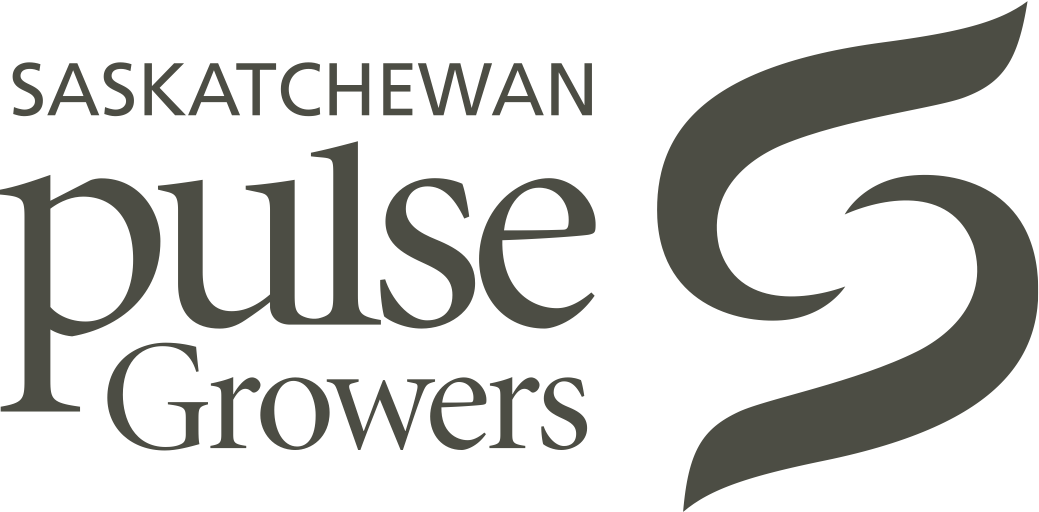Understanding Genome Structure Facilitates the Use of Wild Lentil Germplasm for Breeding: A Case Study with Shattering Loci
Plant breeders are generally reluctant to cross elite cultivars with wild relatives to introgress novel desirable traits due to associated negative traits, such as pod shattering. This results in a bottleneck that could be dealt with better understanding of the genomic locations of the gene(s) controlling this trait. In this study, we integrated information on parental genomes, pod shattering data from multiple environments, and high-density genetic linkage maps to identify pod shattering QTLs in three lentil interspecific recombinant inbred line (RIL) populations. The findings from this study will be of significant value for lentil breeders to strategically access novel superior alleles while minimizing the impact of pod shattering from wild parents.
Genetic Map pages:
Data Provenance:
The phenotypic datasets were collected by Didier Socquet (original experiment pages listed below).
- Tracing domestication traits (shattering and plant growth habit) in an interspecific lentil population: LR-68
- Tracing domestication traits (shattering and plant growth habit) in an interspecific lentil population: LR-70
- Tracing domestication traits (shattering and plant growth habit) in an interspecific lentil population: LR-86
You can access the phenomic data used for this study under Associated Datasets below. All data and methodology regarding the segregation matrices are on the genetic map pages linked above.






| Genotyping Assay | GBS
|
|---|
| Phenotypic Traits | Pod shattering
|
|---|---|
| Location(s) of Field Trials | 2017 CSFL, 2017 Investigation, 2017 Sutherland, 2018 Preston, 2018 Sutherland
|
Pod shattering phenotypic data for LR-68, LR-70, and LR-86 across site-year
This CSV file contains the full cleaned dataset used in this study for all three RIL populations. The "Name" column indicates the specific RIL whereas, the "Population" column indicates which of the three populations that RIL is part of. The site-year and replicate of the field experiment are indicated in "Environment" and "Rep" columns. "Percent Shattering" is a calculated value derived from seed weight of any seeds which fell from the plant as compared to the total seed weight including both shattered seed and those remaining attached to the plant at maturity.
